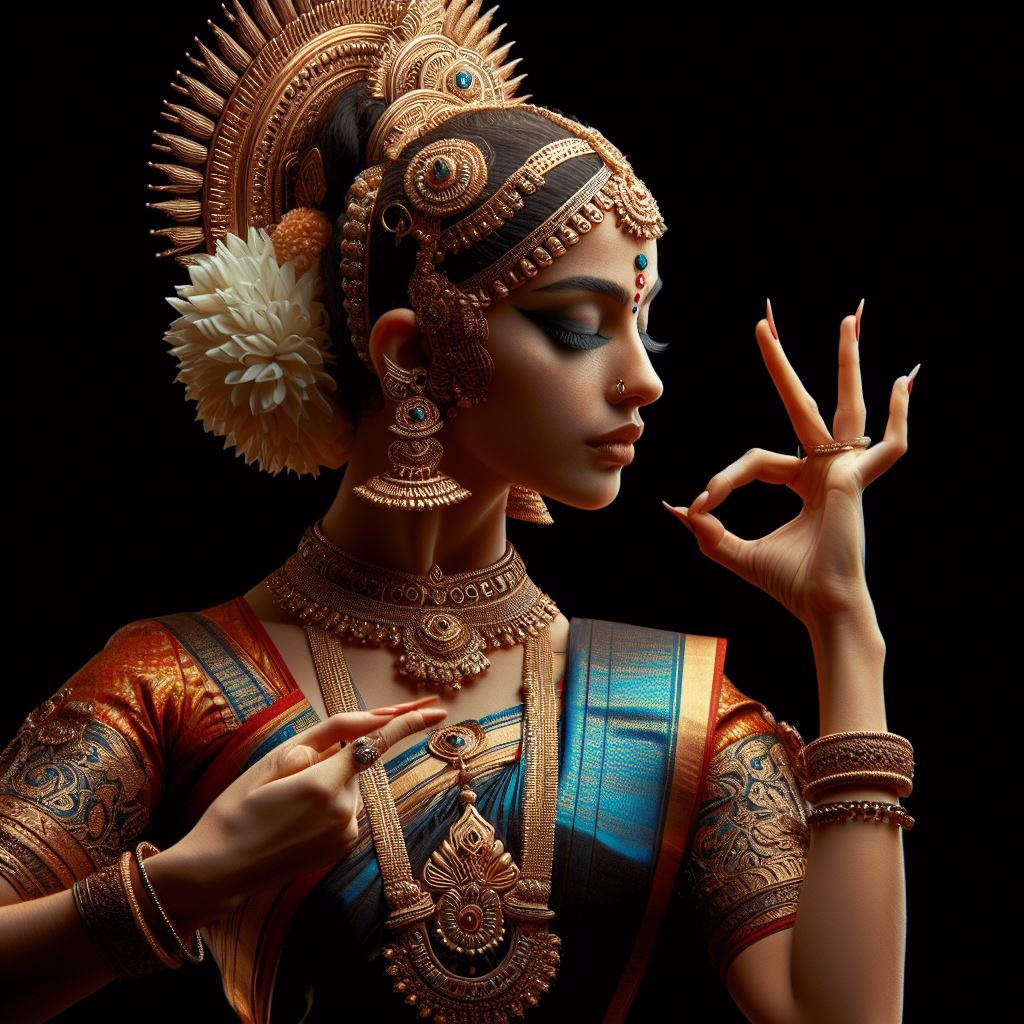Introduction:
Bharatanatyam, often hailed as the epitome of classical Indian dance, is a centuries-old art form that originated in the temples of Tamil Nadu. It is characterized by its intricate footwork, graceful movements, and expressive gestures, making it a captivating visual and spiritual experience for both performers and audiences alike. In this blog post, we will delve into the rich history, technique, and significance of Bharatanatyam.
History and Origins:
The roots of Bharatanatyam can be traced back to the ancient dance traditions of Tamil Nadu, particularly the devadasi system, where women dedicated to temple service would perform dances as offerings to the deities. Over time, Bharatanatyam evolved as a refined art form, blending elements of music, poetry, and drama to convey spiritual and philosophical themes.
Technique and Elements:
Bharatanatyam is characterized by its precise footwork, known as adavus, which encompass a wide range of rhythmic patterns and movements. The dancer’s body becomes a canvas for expression, with each gesture (mudra) and facial expression (abhinaya) conveying specific emotions and narratives. The dance repertoire typically includes both pure dance (nritta) and expressive dance (nritya), with compositions ranging from traditional Carnatic music to classical Tamil poetry.
Costumes and Makeup:
One of the distinguishing features of Bharatanatyam is its elaborate costumes and makeup, which add to the visual spectacle of the performance. The dancer typically adorns herself in a vibrant silk saree, adorned with traditional jewelry and accessories. The makeup, characterized by intricate designs and exaggerated features, helps accentuate the expressions and emotions portrayed by the dancer on stage.
Themes and Significance:
Bharatanatyam encompasses a wide range of themes, from mythological stories and epics to devotional poetry and philosophical concepts. Through its expressive storytelling, Bharatanatyam serves as a medium for spiritual exploration and cultural preservation, connecting audiences to India’s rich cultural heritage and religious traditions.
Contemporary Relevance:
While rooted in tradition, Bharatanatyam continues to evolve and adapt to the changing times, with contemporary dancers exploring new themes and choreographic styles. It has also gained international recognition, with performances and workshops held across the globe, showcasing the universal appeal of this ancient art form.
Conclusion:
In conclusion, Bharatanatyam stands as a timeless testament to India’s rich cultural heritage and artistic excellence. Through its intricate movements, expressive storytelling, and spiritual depth, Bharatanatyam continues to captivate audiences around the world, serving as a powerful reminder of the enduring legacy of Indian classical dance.

